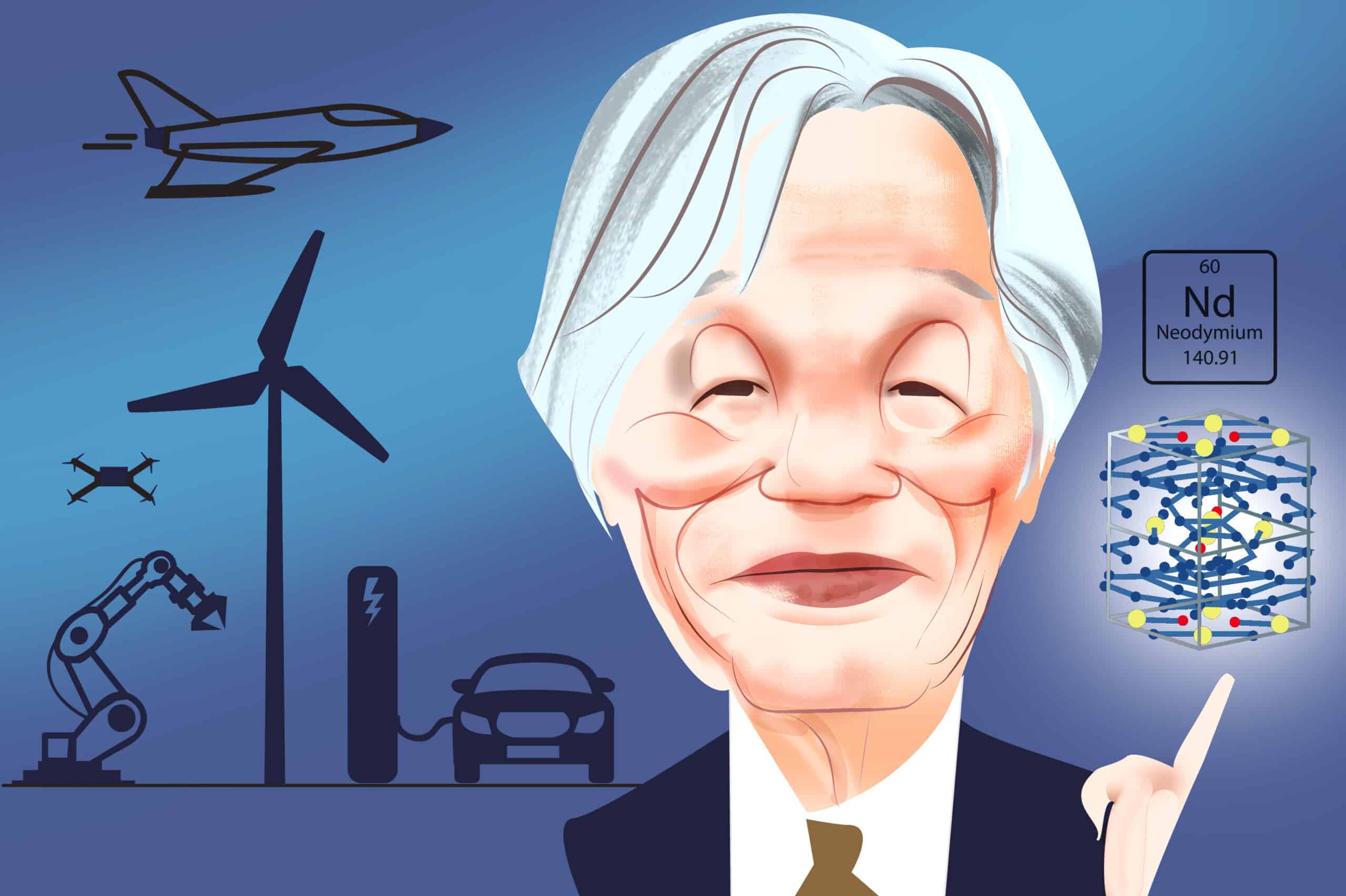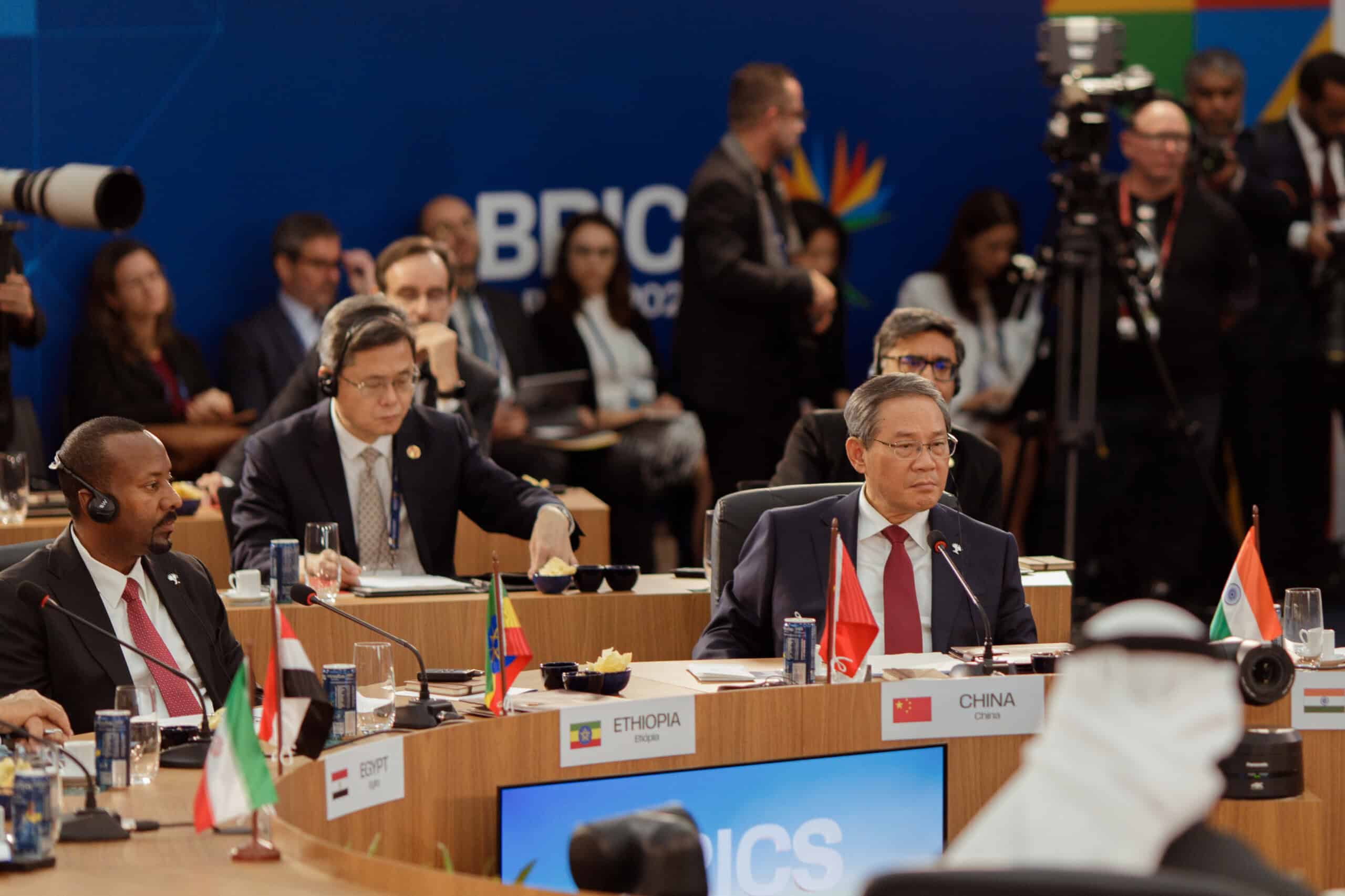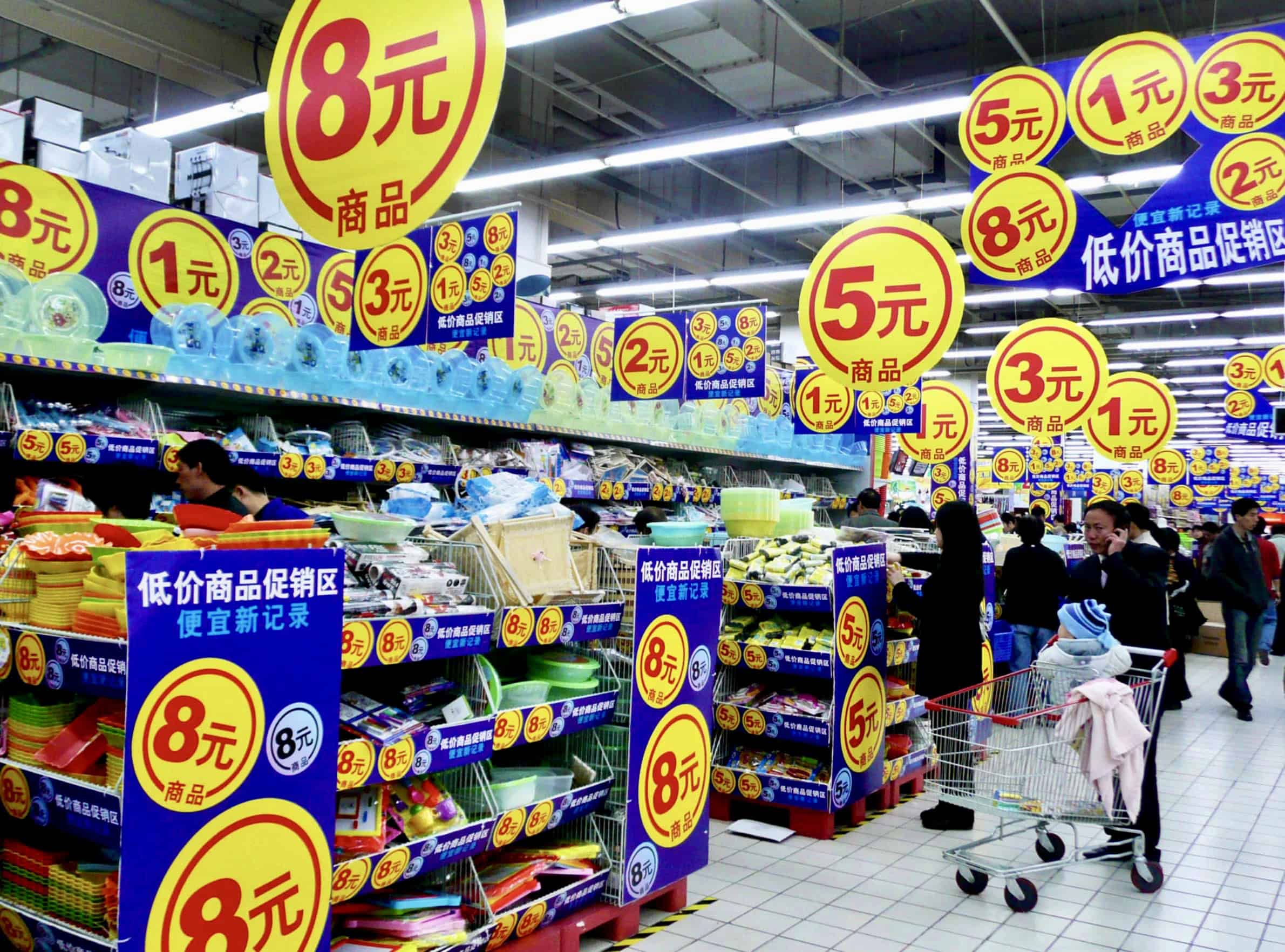The Waldorf Astoria in New York City is owned by China-based Anbang Insurance Group. Tony Hisgett, Creative Commons
China’s effort to acquire resources and technology from abroad has been hampered by its economic slowdown at home and growing hostility to the country’s investments in other parts of the world. And the impact of the Covid-19 pandemic is likely to further dampen Chinese outbound investments for a lengthy period of time, analysts say.
China’s global buying spree scooped
Navigate China's Business Landscape with Confidence.
- Gain visibility into supplier risks
- Easily manage trade compliance
- Conduct in-depth due diligence



